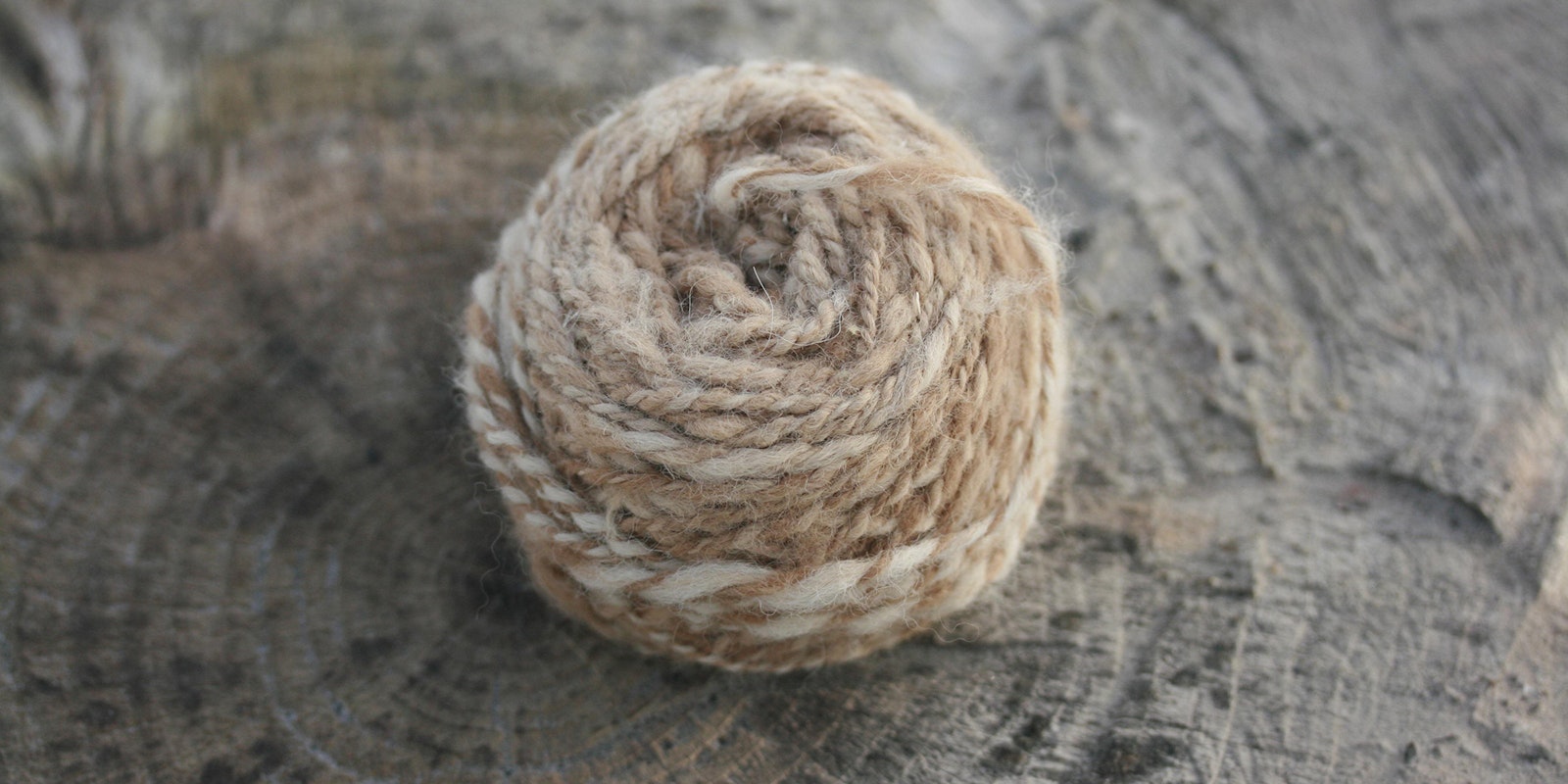It was polyps in her nose that finally took her. A kind of mesothelioma, they said. Yet, it’s more likely the medicines the doctors kept persuading Blagitsa to take caused her death. The ironic thing about my mother-in-law’s death was that she understood the natural world so intimately, having been quick to boil up herbs and weeds into tonics and poultices to remedy the villagers’ afflictions and wise to the planting of wildflowers so that bees would pollinate her kitchen garden.
There she is smiling out from a retrospective of photographs decorating the walls of the village house. In one—their wedding day—Blagitsa and Dragan seem childlike. In another, she wears a polka-dot dress, a thick belt cinching the now plump flesh of a recent pregnancy, perhaps my husband. Another shows the family tanned and smiling on a beach in Croatia. Dragan, an optical engineer, sits under the lamplight methodically mending crosshairs from the Yugoslav army’s rifles and fixing watches. He’s quiet, slow, precise. And Blagitsa, singing in the kitchen, sleeves rolled up to the elbows wiping her brow with floured fingers and frosting her hair white.
 Blagitsa is shown here cooking up her “medicines” from her garden. All photos courtesy of author unless otherwise noted
Blagitsa is shown here cooking up her “medicines” from her garden. All photos courtesy of author unless otherwise noted
When they first built the village house, she planted every possible fruit tree. They remain as a testament to her love of providing for her family. One is wrapped with rusted wire, which luckily hasn’t embedded itself into the bark, and I manage to cut it free from the trunk. I learned that there had been a three-foot-deep snowfall—a rare occurrence—and the weight of the snow split the tree in two like a zipper. Blagitsa, hearing the crack, rushed out into the night with Dragan. They heaved the two split pieces together and wrapped them in cloth and wire, which would hold the tree fast until the wound healed and welded together like the cut on a finger.
Six months later, there was a shortage of water in the village. Clomping through the forest that borders the property, Blagitsa located a small spring with a continuous flow and began to dig. When she had a pit the size of a bathtub, she carted in small rocks and pebbles and bedded them down into the soft mud. On the edge of this self-made cistern, she sat in the warm morning sun listening to the birds while washing her underwear. She was, if anything, resourceful to the bone.
Next on the wall, a photo of a plump middle-aged woman with graying hair swept up into a bun. My husband, in his early twenties, had photographed her whizzing away on her Bagat sewing machine, embroidering a napkin. I find her bridal trunk, filled with embroidered tablecloths, napkins, and doilies, and knitted jumpers in various patterns of cables and lace. She knitted two lace wedding dresses—one for my husband’s first wife, the other for his sister. I have the chance to hold his sister’s dress in my hands and marvel at the complexity of pattern.
 Blagitsa sewing her machine-embroidered cushion covers
Blagitsa sewing her machine-embroidered cushion covers
She spun her own wool. I found two balls of her handspun yarn among the commercial yarns in her knitting basket. I placed the small odd-shaped balls of commercial yarn in their color order and, having found a rusted crochet hook in her sewing drawer, proceeded to make a small knee rug. But I couldn’t knit up the handspun, a rough sheep wool. I hold it in my hands and imagine her nimble fingers flicking her spindle sharply clockwise to spin the yarn. The spinning was neat and consistent and good—much better than I could ever do.
Photographs in the lounge room show the once fashionable silhouette gradually transform into floral shifts that she wears like a uniform, an apron, a functional scarf holding the hair out of the way. Her beauty is gone; the hair is wild and unkempt; the crooked teeth poke through a tired smile; a shrunken body, stooped and tired.
I miss Blagitsa, even though we never met. I have since plied her two balls of yarn together with my own spindle. I cup the ball in my open hands, inhaling it as if to smell her scent. I contemplate the connection between two women who have never met, yet who are so alike in many ways. The ball of yarn that I tenderly wash in a small basin of water like a newborn child is an umbilical cord, a thread of life from one woman to another over measures of time. The sweat of her labor is in this ball—her industriousness, her meditations, her frustrations, the conversations she had with other women as dexterous fingers flicked away, the gossip she heard from the other villagers, the feigned laughter at a badly told joke, the grumbles of an empty stomach as she thought about what to prepare for lunch for Dragan. It’s all here, in this one ball of wool.
Based on an essay that appeared in the anthology, Love and Loss. Dunedin, New Zealand: Exisle Publishing, 2020.
Alison Giles-Damjanovska was raised in a family where textile crafts were considered a serious income. Ali is an award-winning weaver. She also spins, knits, and sews. Her passion is ethnic design and technique, and her gurus are Anna Zilboorg and Priscilla Gibson-Roberts.

